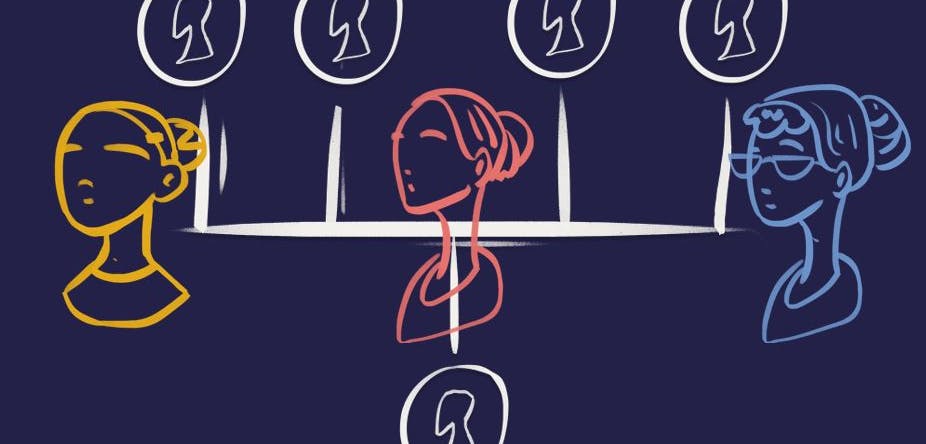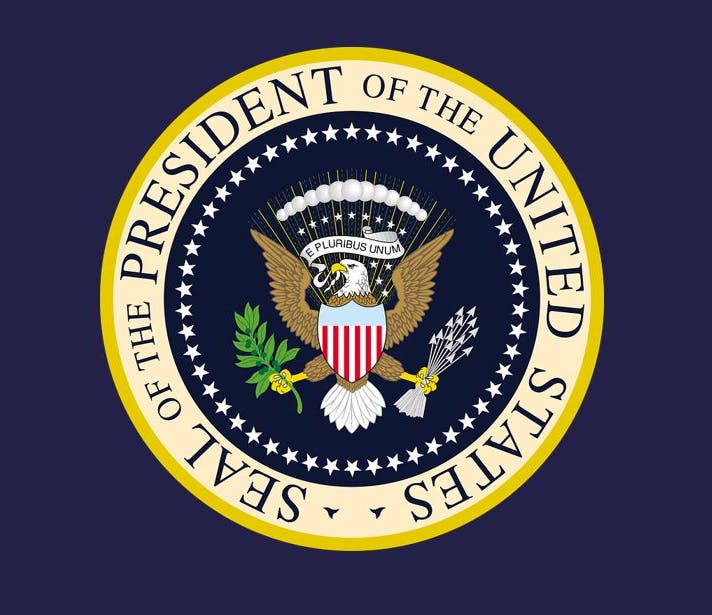How to find the maiden names of women in your family tree
4-5 minute read
By The Findmypast Team | March 2, 2020

Try these simple tricks to pinpoint your female ancestors' elusive family names.
Tracing your female ancestors can be a challenge since almost all women took their husband's family name when they were married. But, not all is lost, below are some of the many ways that can help you trace your ancestor's maiden name.
Get hold of their marriage record
The obvious starting point, marriage certificates list both the groom's surname and the bride's maiden surname. When exploring marriage resources, remember to also look for associated records like licenses, announcements, banns, bonds and even divorce records. If you find your female ancestor's marriage record, but her maiden name isn't listed, check the witness's name on the form. They could be a close family member.

An excerpt from our exclusive collection of Westminster Marriages.
Try searching for her children's marriages too. Sometimes the mother's maiden name will appear on her children's marriage records. Be careful, though, if the woman in question is a widow or was remarried, it won't be her maiden name on the record, so cross-check with other sources to confirm this.
Use MarriageFinder™ to solve matrimonial mysteries
Findmypast's MarriageFinder™ is built into many of our marriage records and enables you to find a marriage by searching just once. Not only can you perform just one search, MarriageFinder™ will actually match up your ancestors' records, providing you with one definite marriage match, or a list of possible matches.
When you receive a definite spouse match, we will also provide you with the volume number and page number for both spouses' records. These are essential when ordering marriage certificates.
If you only know one partner's name, search for their details and MarriageFinder™ will find all the possible matches. You can then view a record to check it is your ancestor. Alternatively, if you know the first or last name of the spouse, enter this information in your search to get an even more accurate list of spouse matches.
MarriageFinder™ makes finding previously elusive marriage records more likely than ever. If you have already searched for your ancestors' marriages without success, try searching again – we're confident we can help you trace those missing marriages.
Examine birth and death records
If you don't know your ancestor's maiden name from the get-go, finding her birth certificate will seem impossible, initially. Try searching for her death record first. If her parents are listed on the death record, you could discover her maiden name. Again, keep in mind that her mother may have remarried, so the listed name isn't necessarily her maiden name. If you find a potential match, always check other records and see if everything matches up.
If you know the name of any of your female ancestor's children, search for their birth records. Cross-referencing between birth and census records can help here. The information on a family’s census record can help you find the children's birth records, which usually reveal the mother’s maiden name.
Check cemetery records
Cemetery and burial records are a great place to look, even if the woman's maiden name isn't included on the records themselves.

An entry in Scotland Billion Graves Cemetery Index showing an entire family, as well as the mother's maiden name.
Delve into census records
Census records are a great resource to help you figure out your ancestor's maiden name. Often, as people grew older they chose to live with their younger relatives or children, so be sure to check the census records to see if anyone is suddenly living with your ancestor with a different name. It could well be somebody from your ancestor's family with the same maiden name.
While rummaging in the censuses, continue to keep marital status in mind because the person might be widowed or remarried - always verify your facts.
Read old newspapers
Newspapers are an invaluable resource for locating a woman's maiden name. Newspaper obituaries often list the parents' names of the deceased. Wedding announcements are also often listed in the papers and include the name of both the bride and groom to be.

A newspaper wedding announcement with maiden name included.
Check for the approximate date of the marriage and a few weeks following. If you only know the groom's name, search for him. Your female ancestor (and her maiden name) will be inevitably be listed alongside.
Consider military records
Even if your ancestor didn't serve herself, if her husband or son died in the war, often there are records of their pension files with her maiden name listed.
Sometimes marriage certificates or affidavits included are also found in military records. Remember, your most likely searching for your female ancestor's male relatives in these records, in the hope to find her mentioned in the detail.
Look up land records
If land deeds were transferred to a widowed wife when her husband died, sometimes her maiden name will be listed in the records. Keep an eye out for for the Latin et ux, in the records. It means 'and wife'.
3 strategies for tracing maiden names in your family
1. Watch out for naming patterns
Look through the names of your ancestors and if any seemingly unusual names appear, it's worth looking into. It is not uncommon that your ancestor's middle name is that of their mother's maiden name. This applies to both men and women, so if you spot an unusual middle name, follow it up.
2. Dust off old family heirlooms and photographs
Check the back of old photographs for clues to who was in the picture. The insides of old books, family bibles and any old documents you may have could also reveal a lot.
3. Ask for help
If the records you need aren't available online, reach out to churches and archives for access to them. Join online community boards like the Findmypast Forum, where like-minded researchers are ready and willing to provide assistance.
If you're still having trouble finding those pesky maiden names after trying all of these tips and resources, take some time out with our video masterclass on tracing female ancestors.
Your breakthrough moment could be closer than you think.



